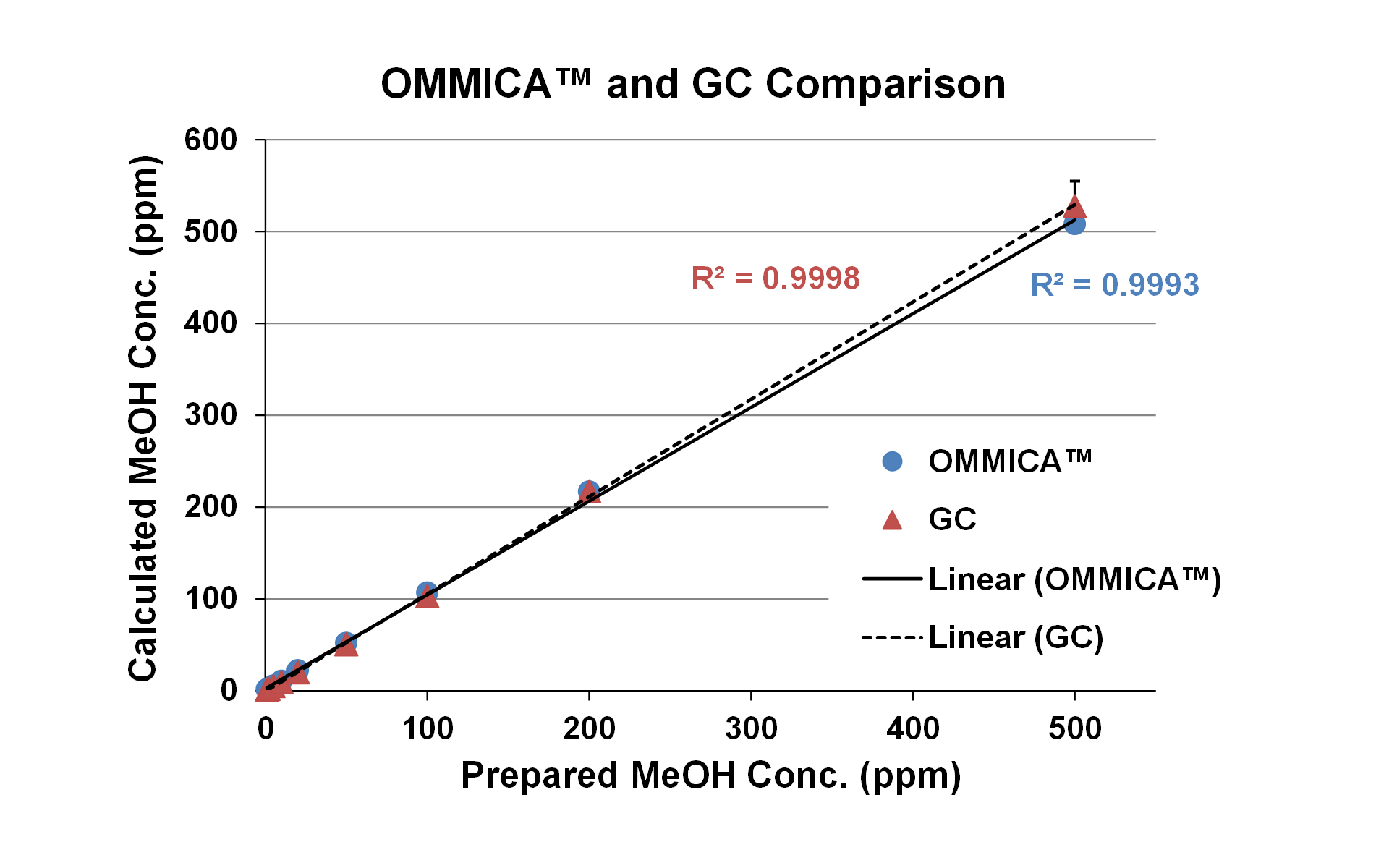November 2013, Vol. 240 No. 11
Projects
OMMICA Advances Hydrates Test In Produced Fluids

Methanol and monoethylene glycol (MEG) are thermodynamic hydrate inhibitors used to prevent the formation of gas hydrates in oil and gas pipelines. As hydrates can block pipelines and remediation is often costly and potentially dangerous, hydrate formation is a large risk to offshore projects.
The presence of methanol and MEG in hydrocarbon fluids reduces the quality and value of produced fluids and can cause problems during process and refining, such as separation difficulties, poisoning catalysts and poisoning molecular sieve beds. As a consequence, refineries and terminals often impose limits on the acceptable level of hydrate inhibitor, and exceeding these can incur huge fines for operators.
As methanol is commonly used during start-up procedures, operators are often faced with the decision to defer start up and lose production revenues or start up and risk a charge. Apart from financial implications, monitoring the concentration of methanol and MEG in produced water can also be vital to ensure compliance with environmental regulations.
Gas chromatography (GC) is the traditional method for monitoring methanol and MEG in produced fluids, but this technique can have drawbacks, including cost, time and maintenance issues, especially when instruments are used offshore.
OMMICA is one of the flagship products of Scotland-based LUX Assure. The technology monitors methanol and MEG concentrations in water, crude oil and condensate. With many advantages over traditional GC techniques, including simplicity and the use of robust equipment, it is suitable for offshore use.
The technology provides simple set-up and user independence, meaning it can be used on-site in offshore operations by existing personnel. With a turnaround time of as little as one hour, the technology can deliver vital information to provide financial as well as HSE benefits to operators.
Case Study
In trials conducted on a platform in the North Sea, OMMICA kits have been used to determine both methanol and MEG concentrations in produced fluids.
In one such trial, methanol was injected for 160 minutes and water samples were collected for 12 hours from the time the methanol pump was turned on. Frequent sampling was employed every 15 minutes, then decreased to hourly sampling. These samples were then analysed using the detection method, allowing onsite personnel to become immediately aware of how much methanol was coming through the system and allowing methanol transit time to be accurately calculated while still relevant.
For comparison, samples were also sent onshore for traditional GC testing. The study found that the correlation between OMMICA and GC results was excellent. The methanol peak appeared at the same point in both sets of data, and the overall trends matched well.





Comments